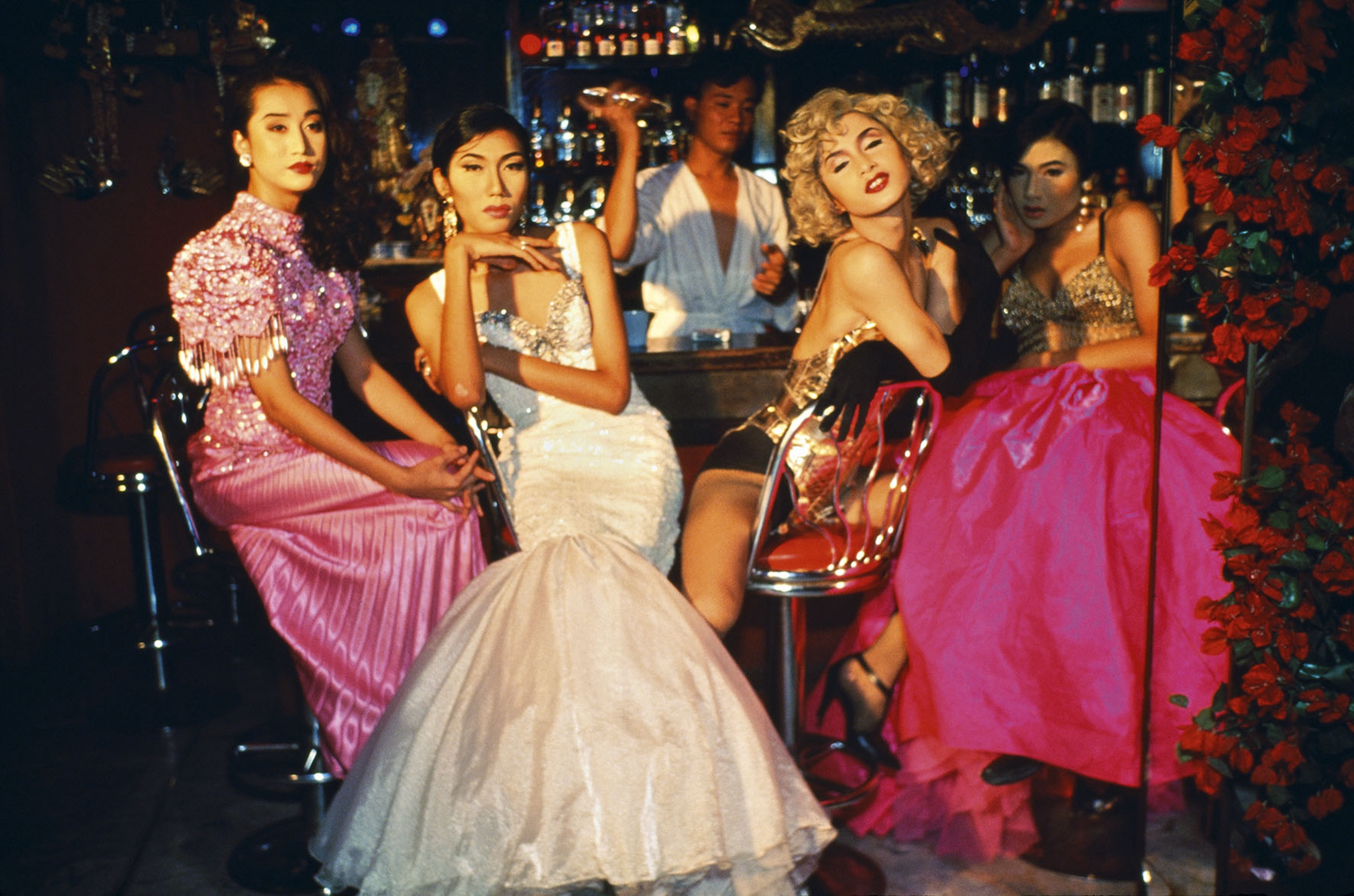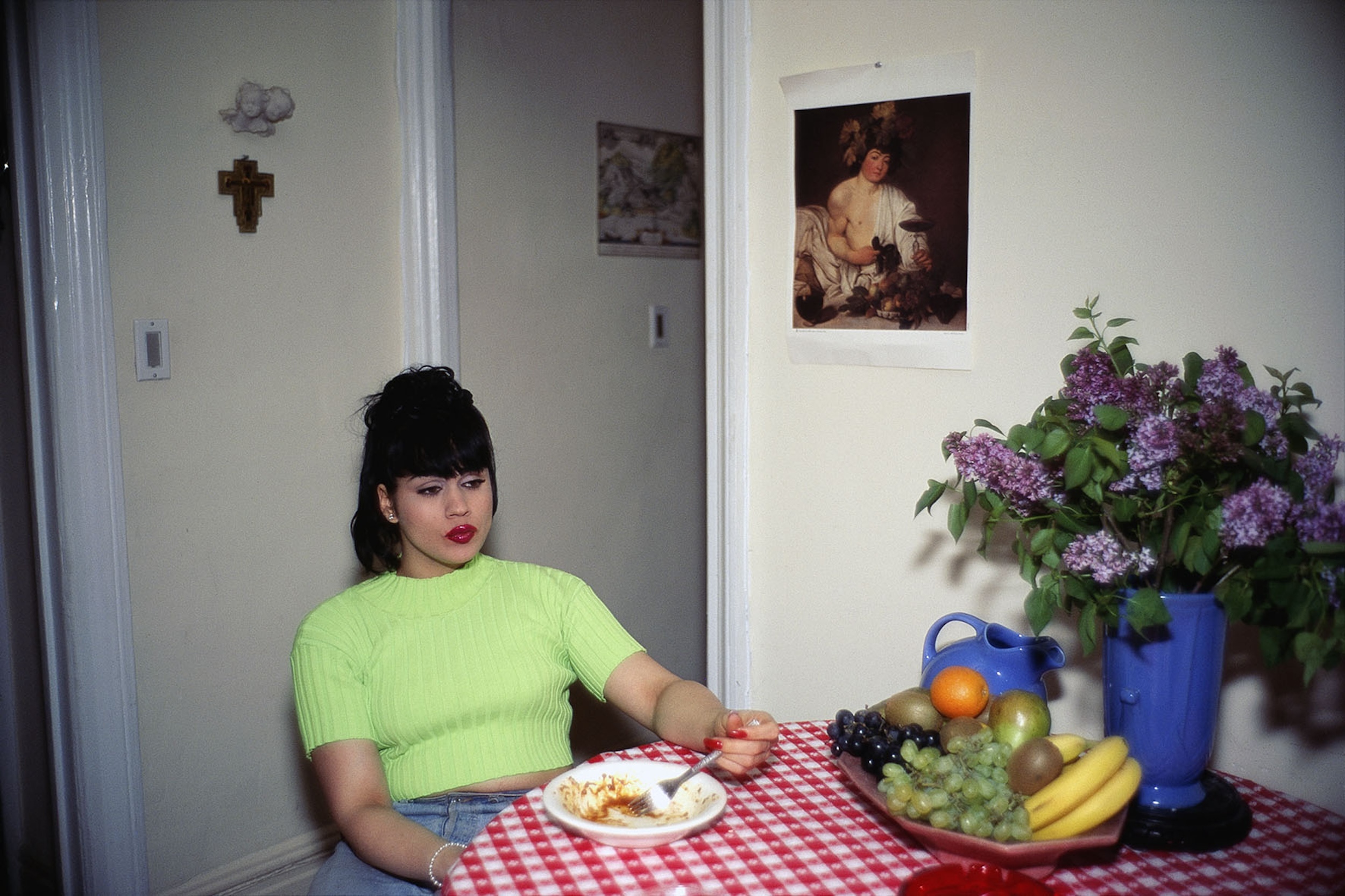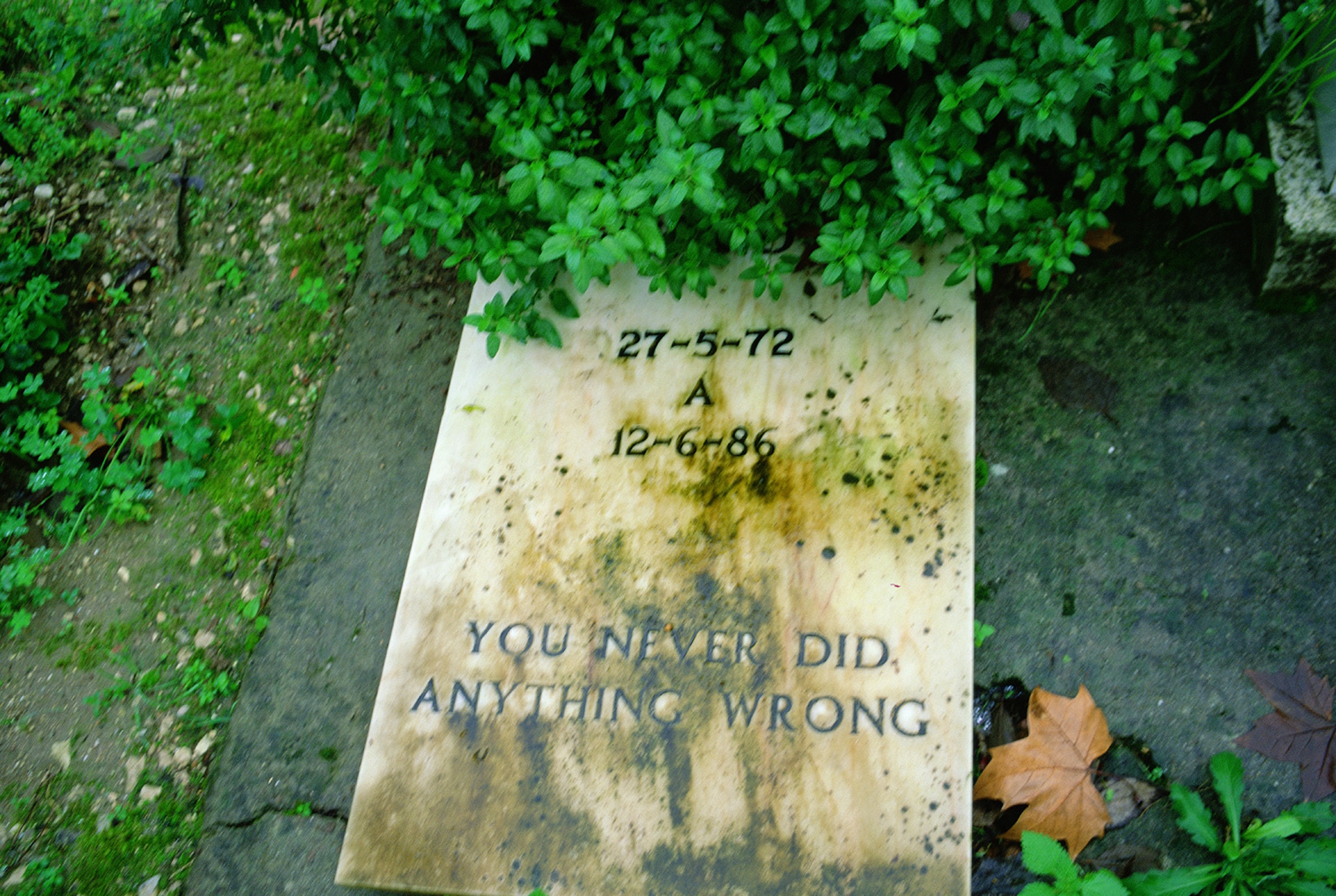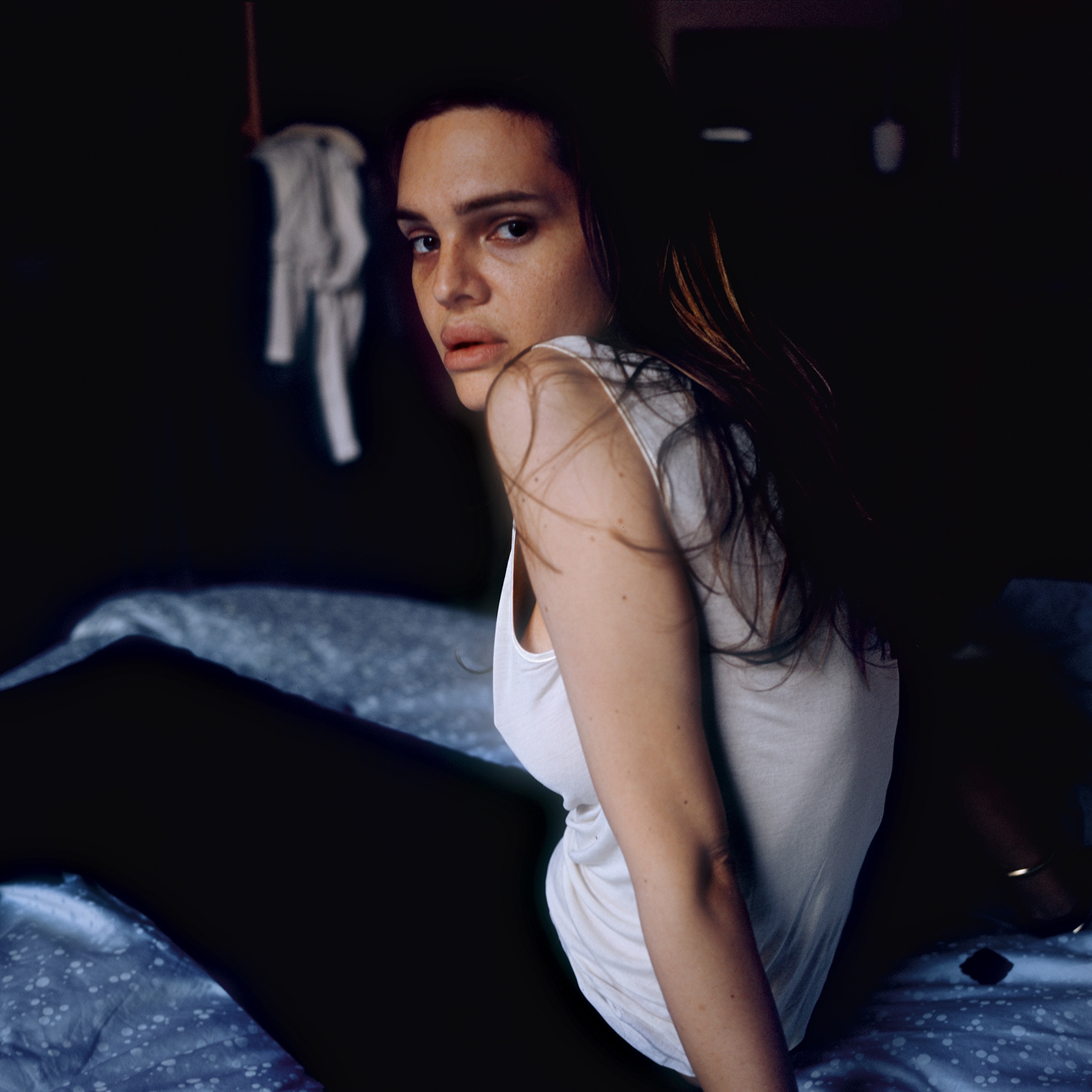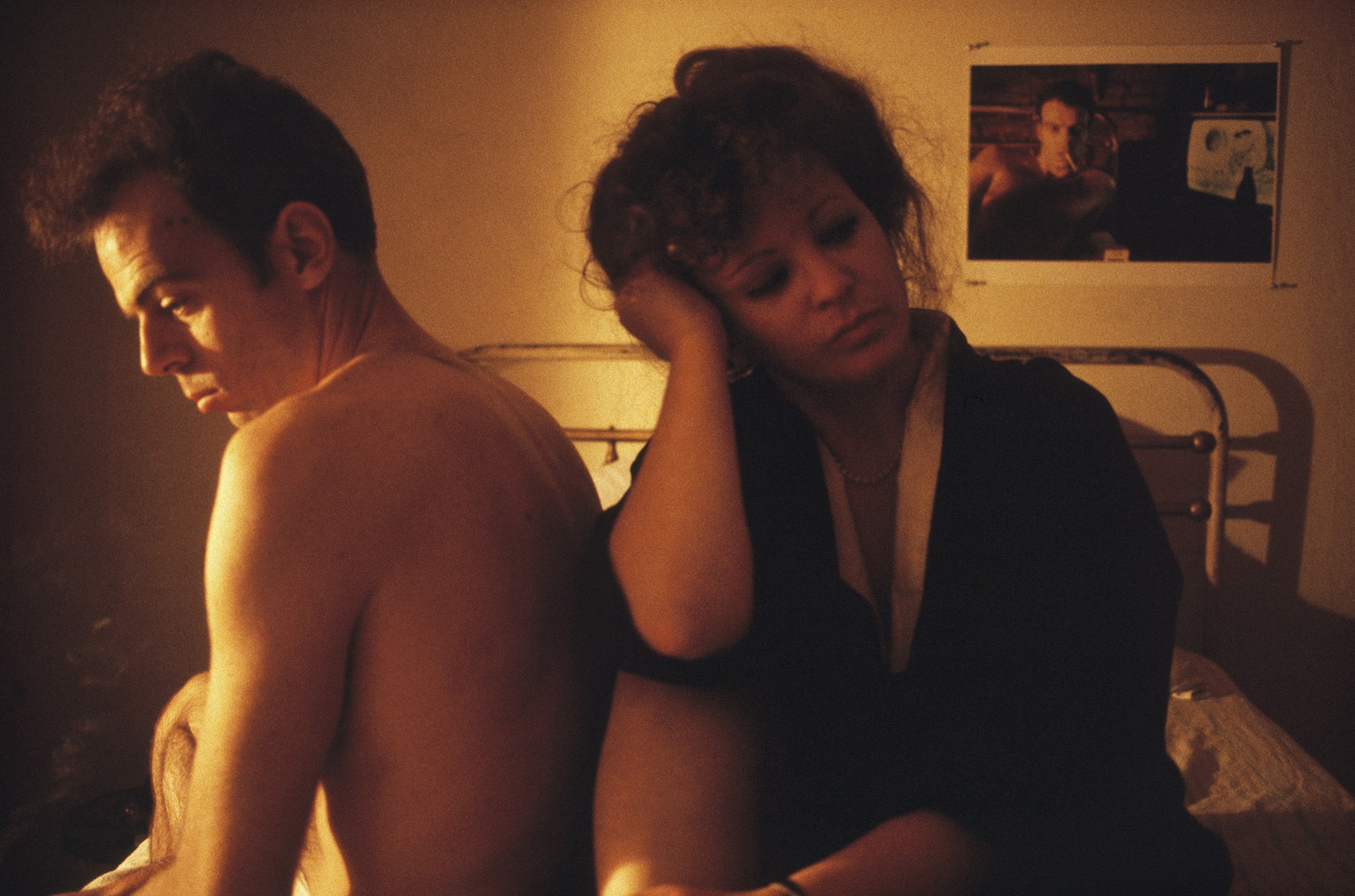Brian and Nan in Kimono, 1983 © Nan Goldin, Courtesy of Gagosian
This Will Not End Well is the artist’s first retrospective as a filmmaker; Milan, Italy is one of many stops on its major touring route
It is described as a ‘village’, this group of structures designed by Hala Wardé which fill the huge space at Pirelli HangarBicocca, Milan, with This Will Not End Well. It is the first major exhibition dedicated to the work of Nan Goldin as a filmmaker. The rooms are dark, immersive, and each designed in response to the slideshow which they house.
We begin with The Ballad of Sexual Dependency (1981 – 2022), her magnum opus, which documents Goldin’s relationships over the years, exploring ideas around intimacy, violence and gender identity. The work, accompanied by a soundtrack of more than 30 songs, is composed of slides that the artist initially inserted manually into projectors. It is constantly reedited and updated over the years and has evolved into a multimedia presentation of nearly 700 slides. Initially, it was projected in nightclubs and private gatherings, later being presented at institutions such as the Whitney Biennial.
“The point is about making cinematic work out of still images, and the editing is where I feel my intelligence lies,” she once said in an interview with Aperture Magazine. The other slideshows include: The Other Side (1992 – 2021); Sisters, Saints and Sibyls (2004 – 2022); Fire Leap (2010 – 2022); Memory Lost (2019 – 2021), Sirens (2019–2020).
Curated by Roberta Tenconi with Lucia Aspesi, the Milan presentation introduces two new slideshows. You Never Did Anything Wrong (2024), Goldin’s first foray into abstraction, draws from the ancient myth of animals stealing the sun during an eclipse. The work unfolds as a meditation on life, death, and the cyclical forces that bind all living beings. Stendhal Syndrome (2024) revisits six myths from Ovid’s Metamorphoses, reimagined through portraits of Goldin’s friends. Here, the artist stages a visual dialogue between her own lived experience and her photographs of classical artworks – paintings and sculptures captured in museums across the world – blurring the temporal boundary between personal memory and mythic narrative.
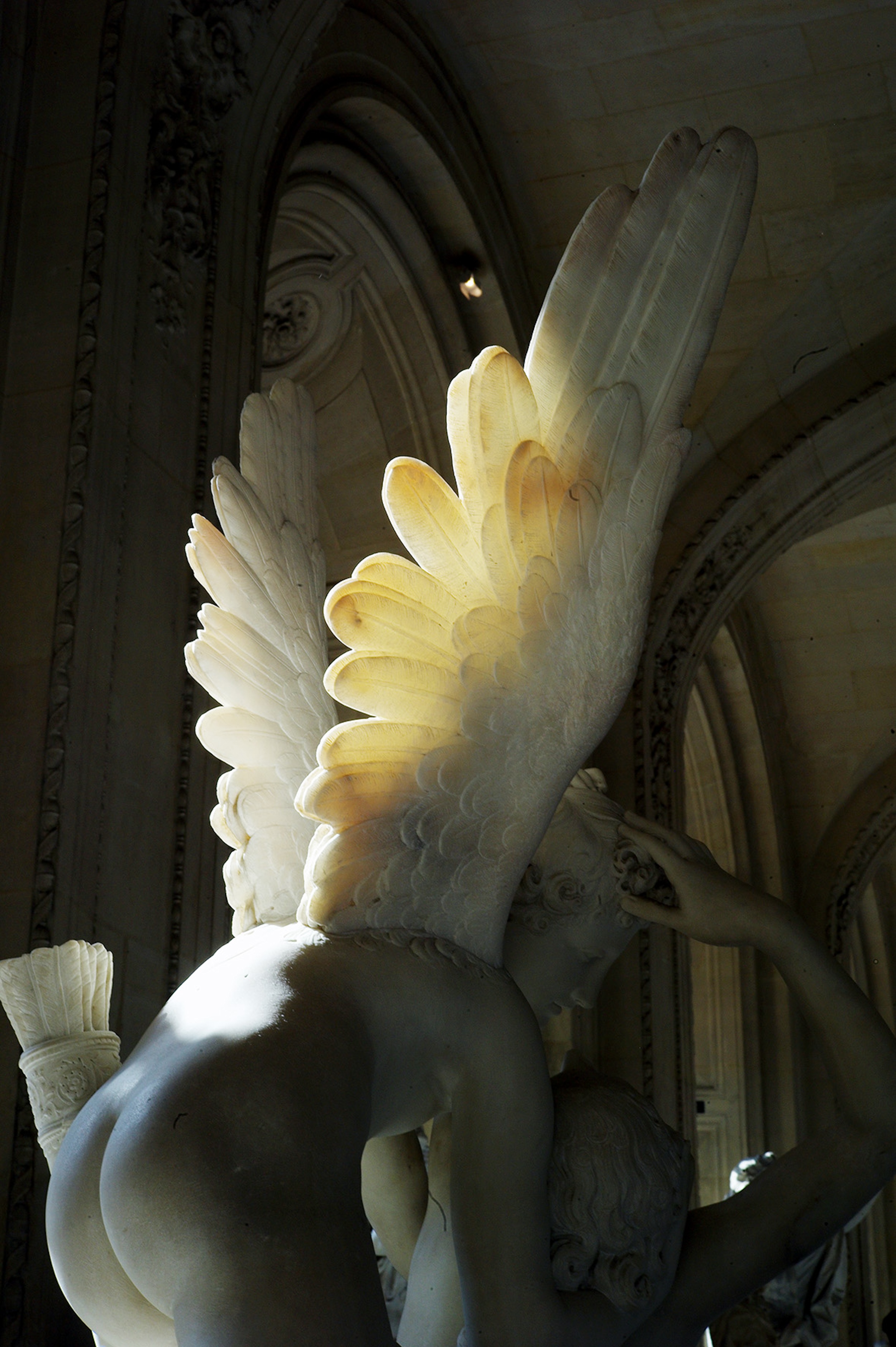
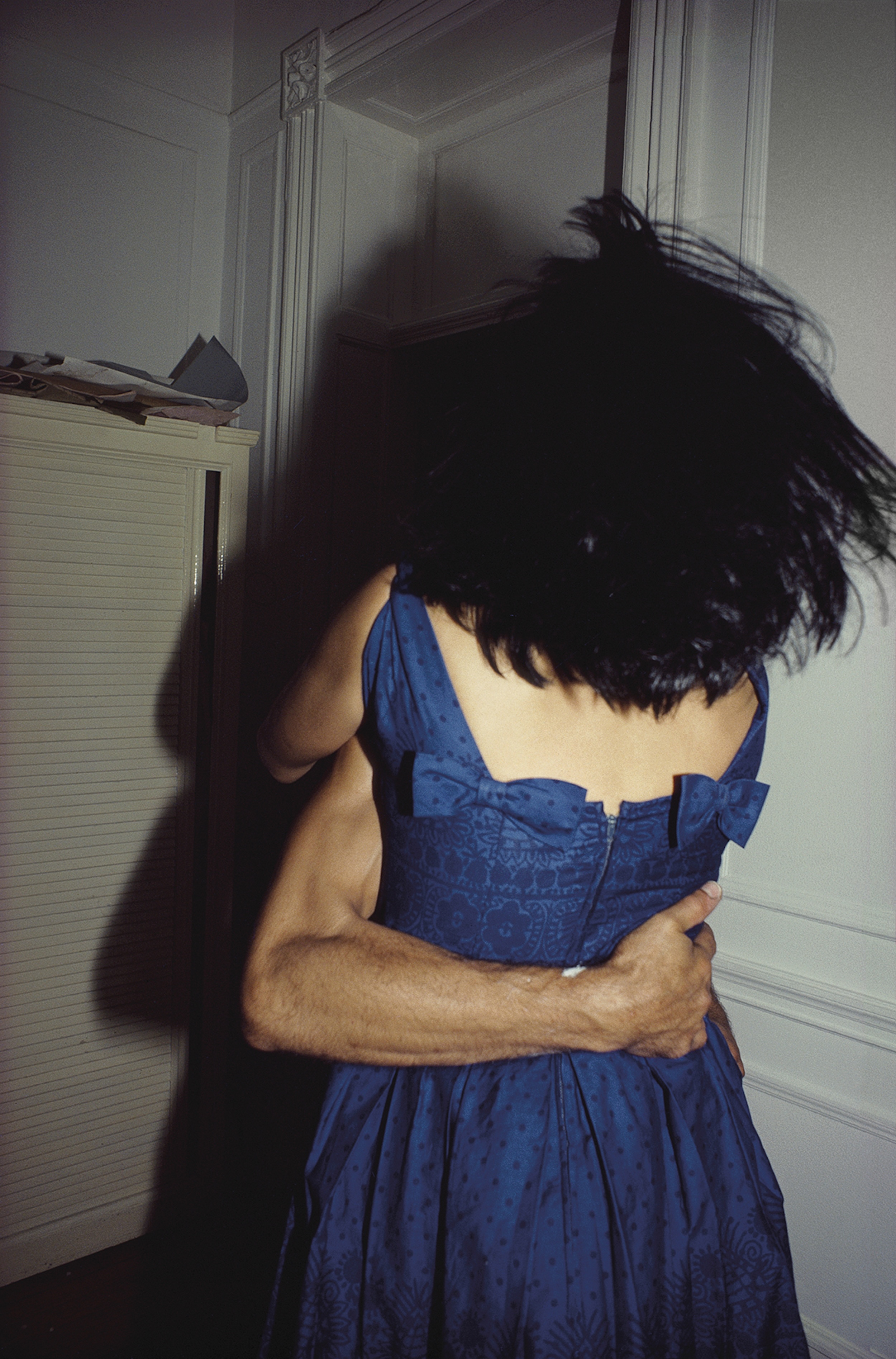
The show is gargantuan; not only the space itself (a disused aerospace hanger), but the show takes 192 minutes, or around three hours, to view in total, with each slideshow lasting between 15 and 42 minutes – and with heavy viewing material, one needs to be committed to this journey. Though the work can be overwhelming when viewed consecutively, the space is cleverly designed so that viewers can find peaceful, empty spaces between slideshow structures in the main ‘foyer’ space.
Before any of the slideshows, we walk through the ‘prelude’ in the Navate space: a soundscape designed by experimental sound art collective Soundwalk Collective, conceived in close collaboration with Goldin, named Bleeding (2025). The ambient work is moving and inviting, despite its lightness, and transports us deep into Goldin’s psyche.
The duo, made up of artist and composer Stephan Crasneanscki and composer Simone Merli, have collaborated with Goldin since 2015, creating soundtracks and immersive soundscapes for projects including All the Beauty and the Bloodshed (2022), winner of the Golden Lion at Venice, and The Women’s March, 1789 (2019) at Versailles. Their new commissioned composition, Bleeding (2025), draws on ambient recordings gathered from earlier iterations of This Will Not End Well in Stockholm, Amsterdam, and Berlin, weaving them into an atmosphere that extends Goldin’s images into sound.
The slideshow format is an homage to Goldin’s entry into photography and entire artistic practice: in 1973, whilst in Provincetown – a queer community on the American East Coast, near Boston – on sabbatical from the School of the Museum of Fine Arts, she had no access to a darkroom in order to print her works, so she began presenting them as slides. This soon mushroomed into her now relied upon format.
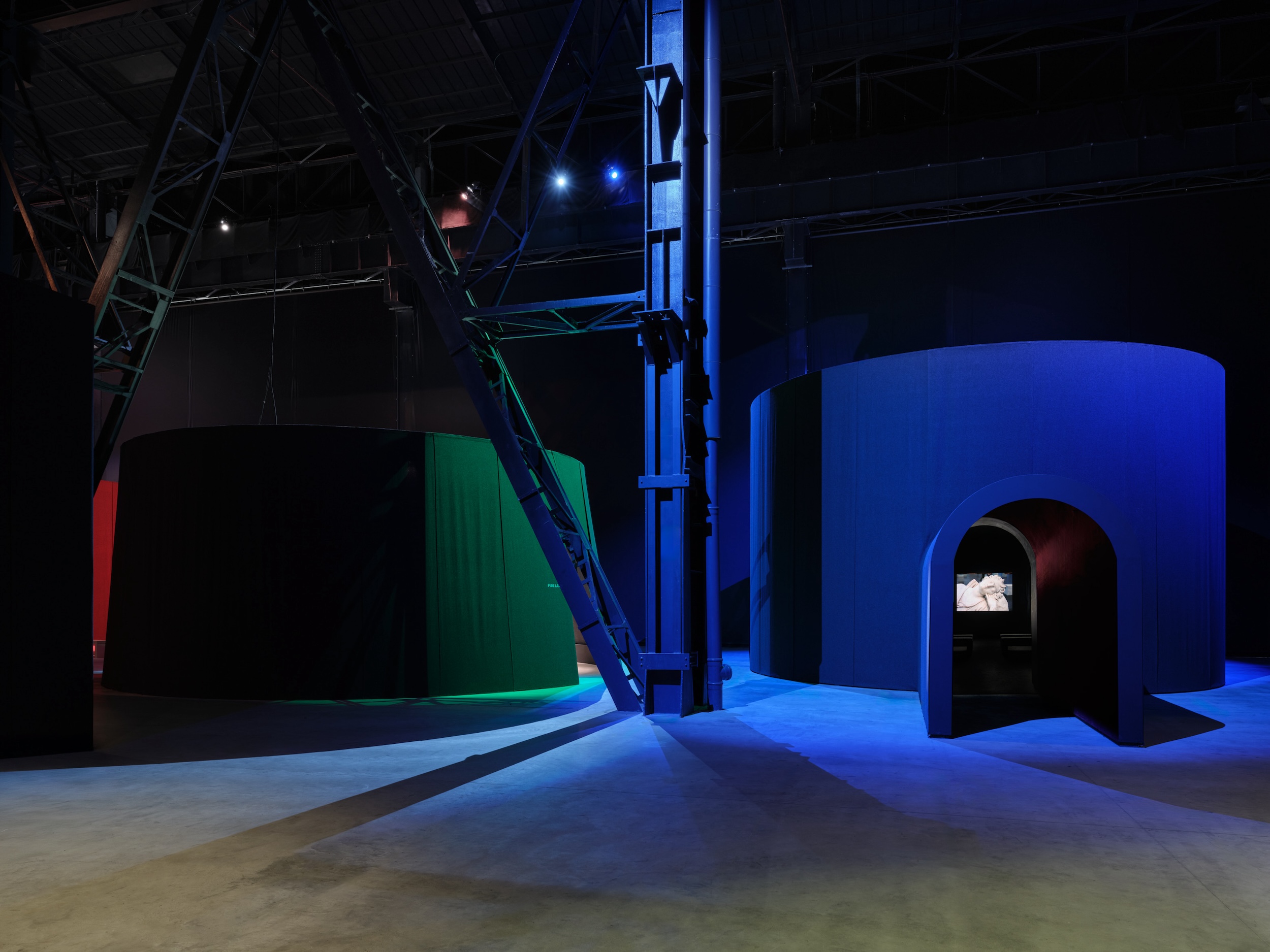

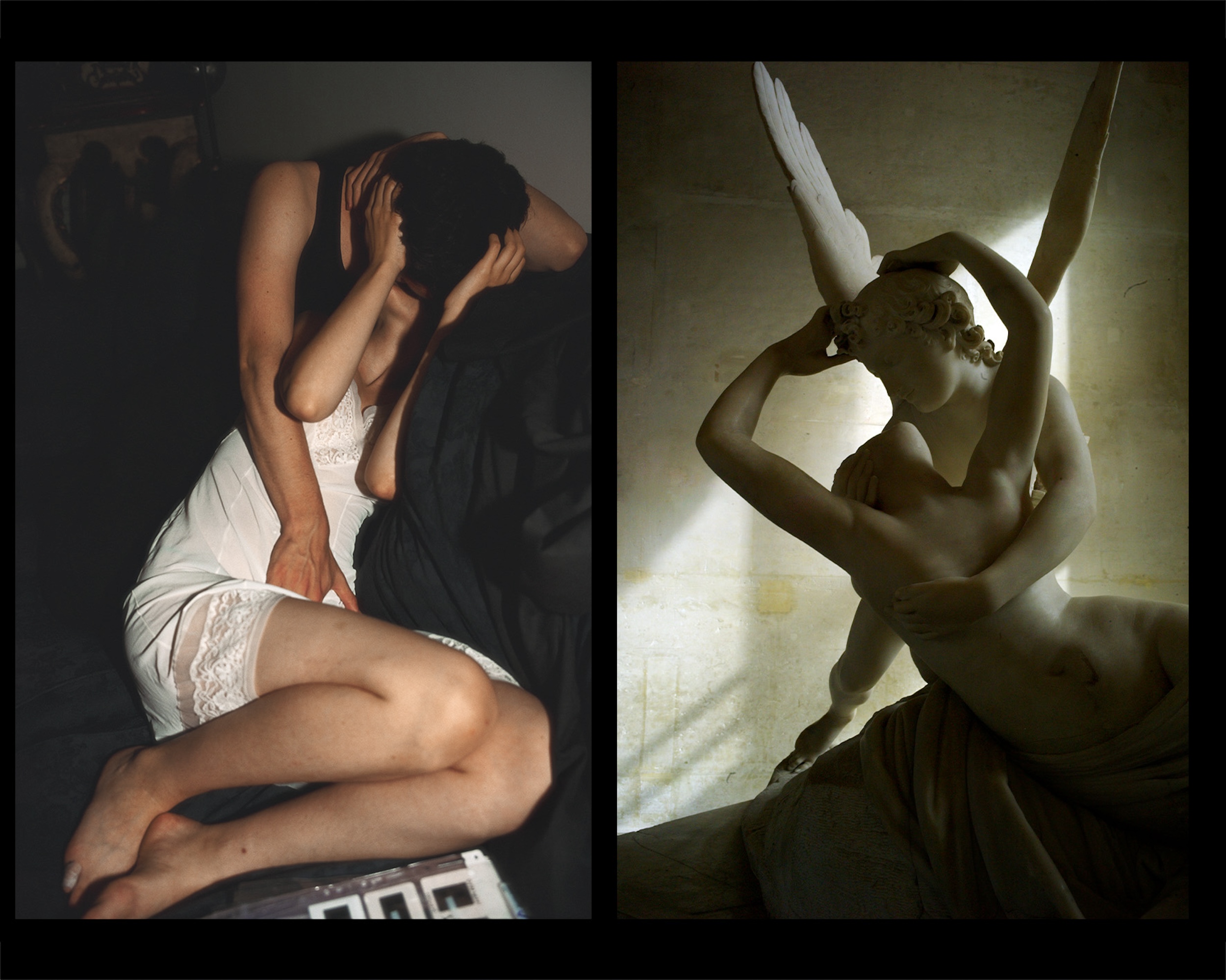
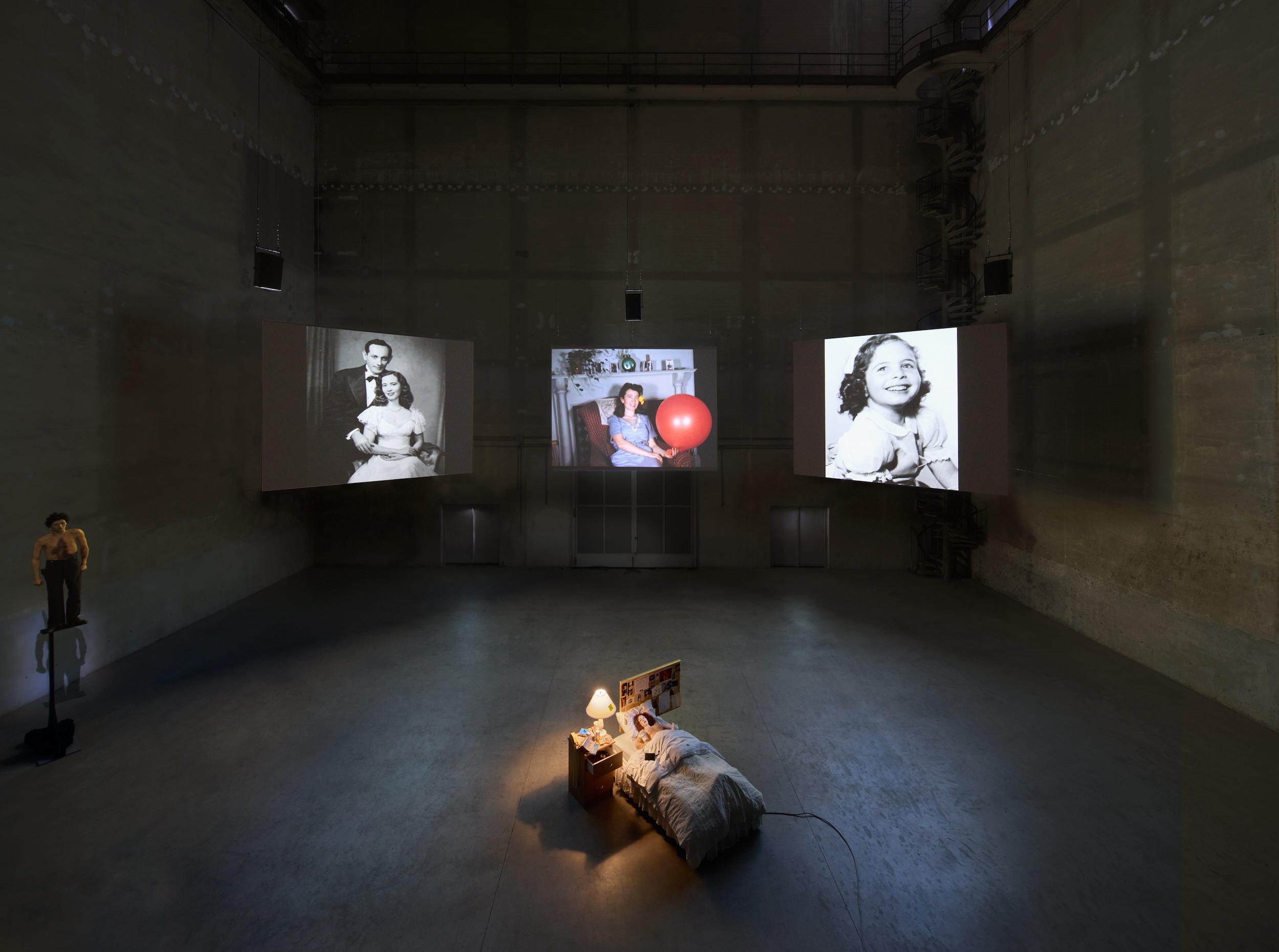
Present at the opening, Goldin made it clear where she wanted our eyes to be looking as she presented ‘Gaza’, a short film made up of collected footage from journalists and civilians on the ground in Gaza, Palestine. Though this is work that is reserved as a footnote, or aggressively censored, by the institutions Goldin works with, she said, at the opening: “I could talk about elegant things, like this work. But really, [Gaza] is where my mind has been for the past two years.”
Her vocality and directness is unsurprising in this context (especially for anyone who attended her Kering Award acceptance speech in Recontres d’Arles 2025): Goldin has been using her art as activism since she began making images. Her most important slideshows such as The Ballad and shows such as Witnesses: Against Our Vanishing, 1989, New York City, documented not only the AIDS crisis that decimated Goldin’s community of friends and art workers, but the political inaction towards the health crisis at the time. Her later work on the American opioid crisis prompted her to form the direct action group P.A.I.N (Prescription Addiction Intervention Now) and followed the Sacklers – the family linked to the devastating opioid crisis – into bankruptcy court, and successfully removing their name from Museum walls, such as the Met. In 2019 Goldin staged a viral protest in the Guggenheim, dropping thousands of fake prescriptions into the museum’s atrium, protesting the institution’s acceptance of donations from the Sackler family.
This Will Not End Well was first conceived alongside Fredrik Liew, chief curator at Moderna Museet, Stockholm, where it debuted in 2022. It then travelled to the Stedelijk in Amsterdam (2023) and the Neue Nationalgalerie in Berlin (2024). After Milan, it will travel to Paris in 2026 at Grand Palais. The Italian iteration features two additional works, You Never Did Anything Wrong (2024) and Stendhal Syndrome (both reedited in 2025), displayed in a museum context for the first time in Europe (Stendhal Syndrome received displays at Gagosian in New York, including framed works, before playing at Recontres d’Arles this year).
In Milan, Sisters, Saints and Sibyls (2004 – 2022) occupies the Cubo, a vast space whose 20-metre height recalls the architecture of La Chapelle de la Salpêtrière in Paris, where the work was first shown in 2004. At Pirelli HangarBicocca, the installation is restaged in a form true to the original, complete with two structures depicting Goldin’s younger sister in a bed, and a male figure on the other side of the room, visible from an elevated platform that invites viewers to experience its full vertical intensity. It is part of the show’s effort of using personal narratives to break walls between artist and audience, translating universal emotions, and the idea that the past is always shaping our present.
